NVIDIA Rolls Out Driver With Ray Tracing Support For GTX Graphics Cards
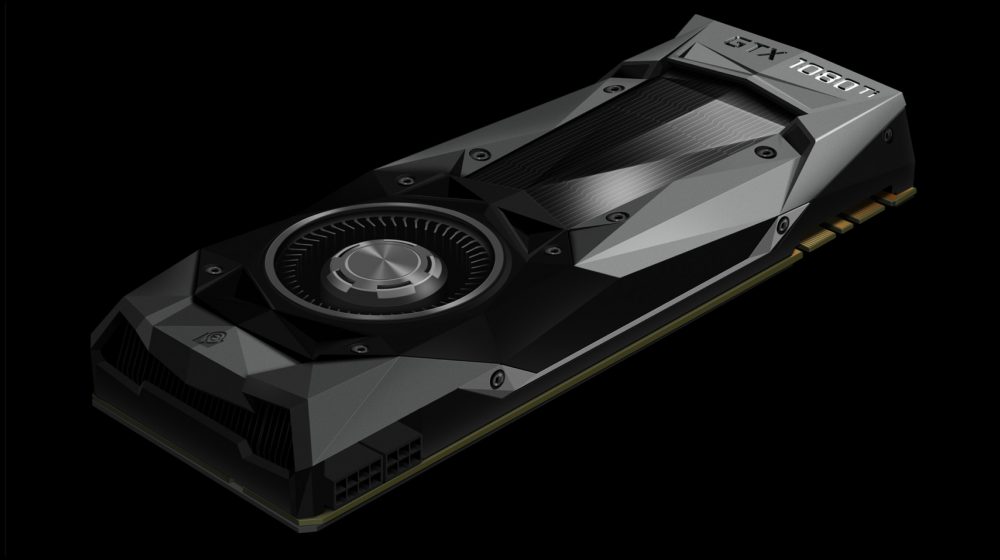
NVIDIA unveiled its RTX series of graphics cards in the month of September, 2018, which featured Ray Tracing – a feature that boosts the realism of shadows, lighting and other visual effects in real time. While the resource-consuming feature was an RTX series exclusive at launch, NVIDIA has now released a new driver for GTX Graphics Cards. The driver provides Ray Tracing effects to be activated for respective cards, enabling GTX 10 and 16 series users to experience real-time ray tracing for select games on their setups.
Which Games Support Ray Tracing In GTX Cards?
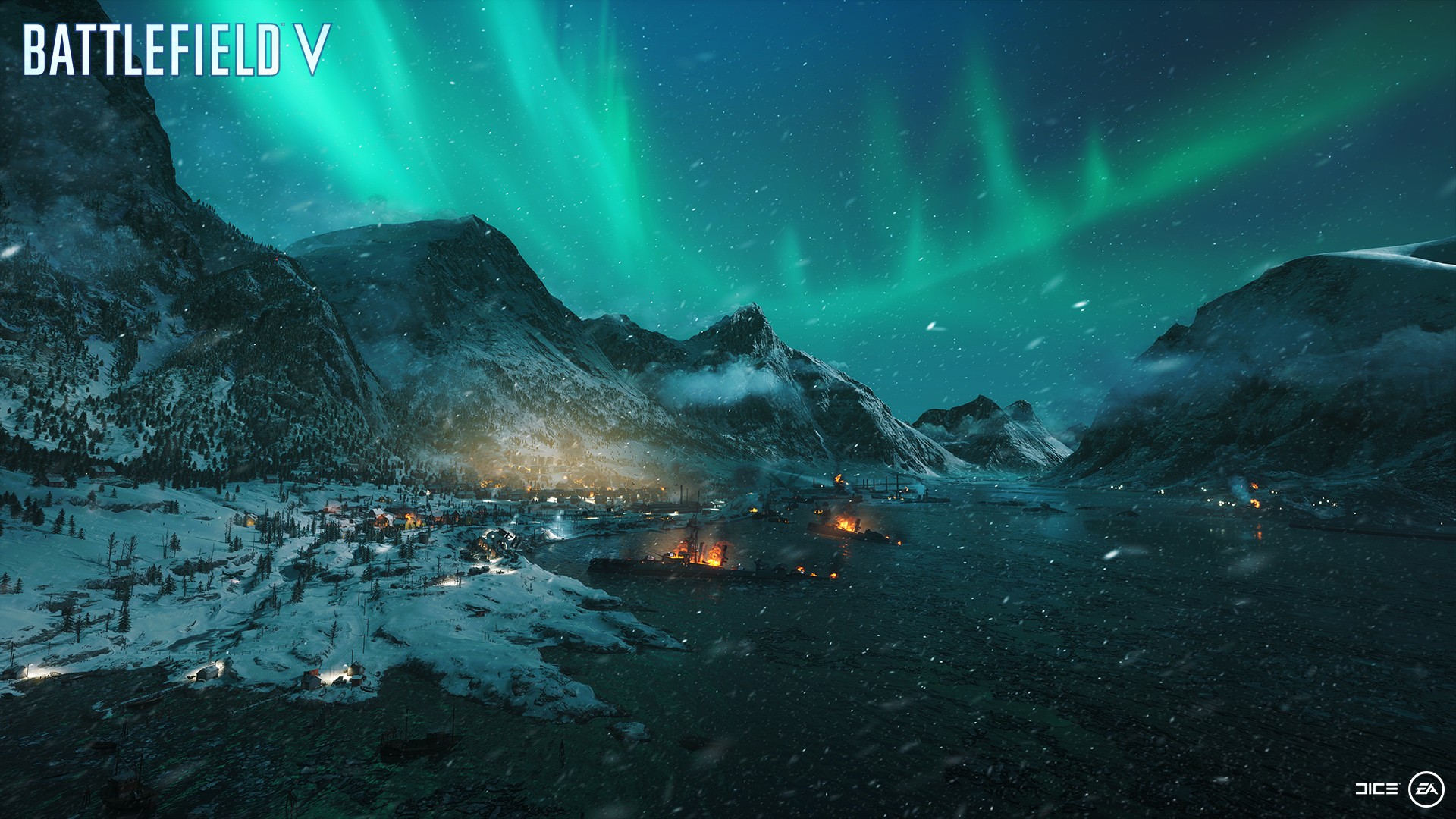 GTX series users can test out the feature in only select games for now, which include Battlefield 5, Metro: Exodus and Shadow of the Tomb Raider. As per NVIDIA, if the users don’t want to download the complete game for any reasons, they can download free tech demos for the same games from NVIDIA’s Official Website. Gamers can test out reflective models and effects in Battlefield 5, while Metro Fans can experiment with Global Illumination in the recently released Metro: Exodus.
GTX series users can test out the feature in only select games for now, which include Battlefield 5, Metro: Exodus and Shadow of the Tomb Raider. As per NVIDIA, if the users don’t want to download the complete game for any reasons, they can download free tech demos for the same games from NVIDIA’s Official Website. Gamers can test out reflective models and effects in Battlefield 5, while Metro Fans can experiment with Global Illumination in the recently released Metro: Exodus.
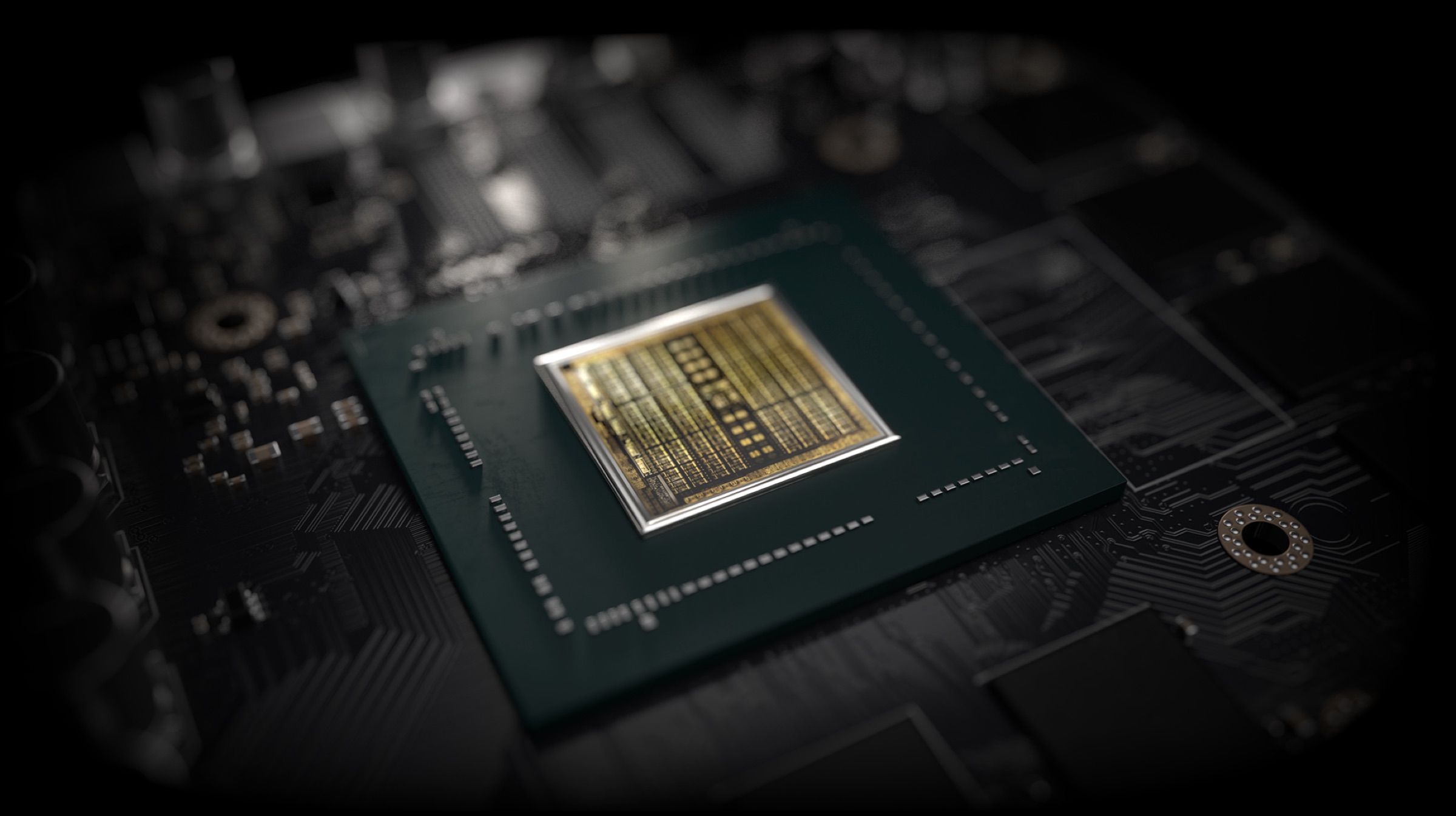 But there is a catch to all of this. GTX series users cannot actually experience the same functionality as present in the RTX series graphics cards. For starters, GTX series GPUs will run the Ray-tracing-based games at significantly lower and choppier frame rates. This is because the company is just using the GTX graphics cards to depict how Ray Tracing will work for each individual frame, not the complete game.
But there is a catch to all of this. GTX series users cannot actually experience the same functionality as present in the RTX series graphics cards. For starters, GTX series GPUs will run the Ray-tracing-based games at significantly lower and choppier frame rates. This is because the company is just using the GTX graphics cards to depict how Ray Tracing will work for each individual frame, not the complete game.
How Does Ray Tracing Perform In GTX Series Cards?
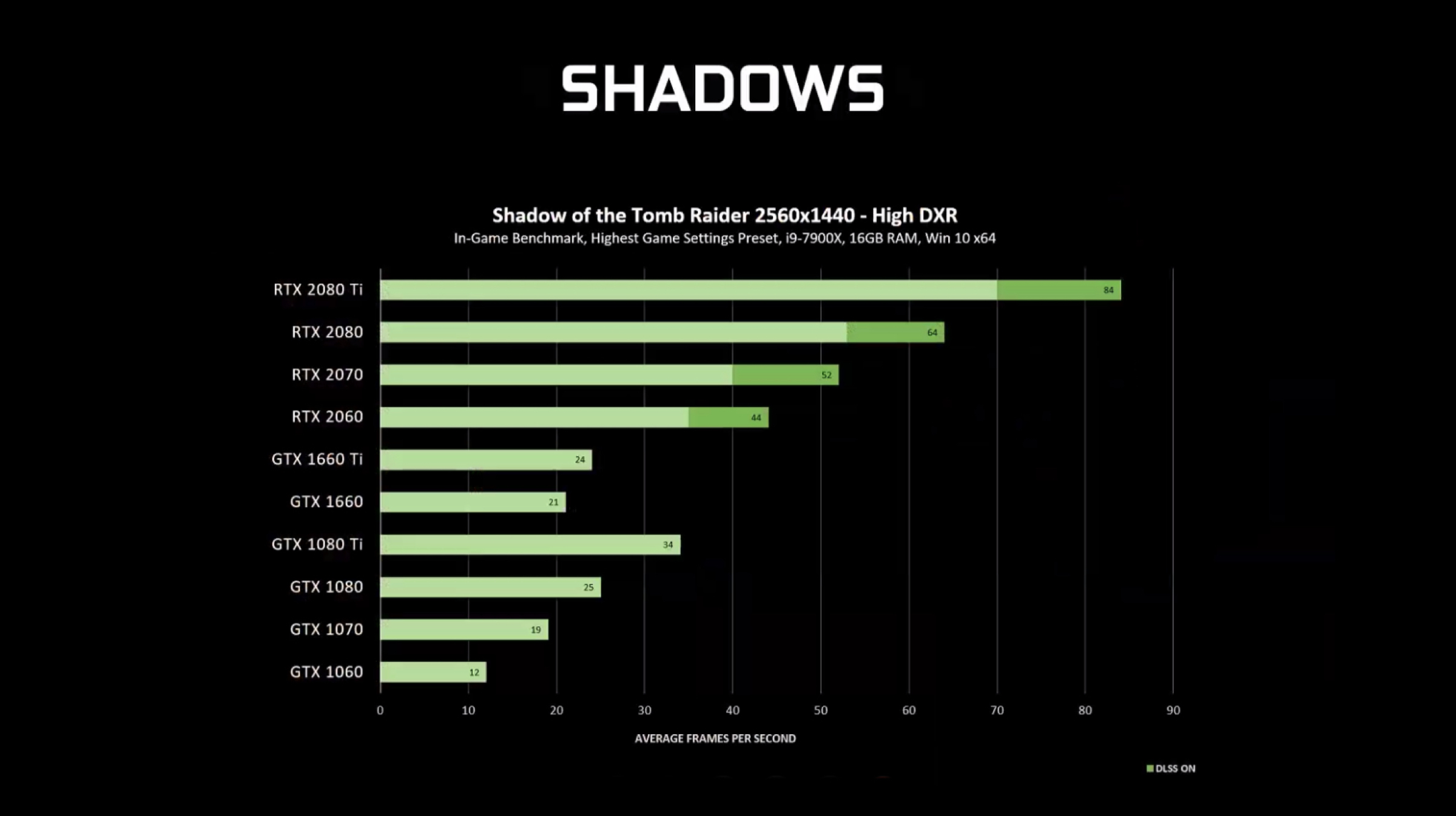 As per reports, GTX 1080 Ti (the most powerful GPU in the 10-series) renders “Shadow of the Tomb Raider” at a mere 30fps with Ray Tracing turned on in addition to the highest settings. All this was tested with the Core i9 CPU, and what’s more interesting is the fact that NVIDIA’s recently released GTX 1660 Ti came closer to GTX 1080 in terms of gaming performance with Ray Tracing turned on. While the GTX 10-series is built on the Pascal architecture, GTX 16-series incorporates the Turing architecture.
As per reports, GTX 1080 Ti (the most powerful GPU in the 10-series) renders “Shadow of the Tomb Raider” at a mere 30fps with Ray Tracing turned on in addition to the highest settings. All this was tested with the Core i9 CPU, and what’s more interesting is the fact that NVIDIA’s recently released GTX 1660 Ti came closer to GTX 1080 in terms of gaming performance with Ray Tracing turned on. While the GTX 10-series is built on the Pascal architecture, GTX 16-series incorporates the Turing architecture.
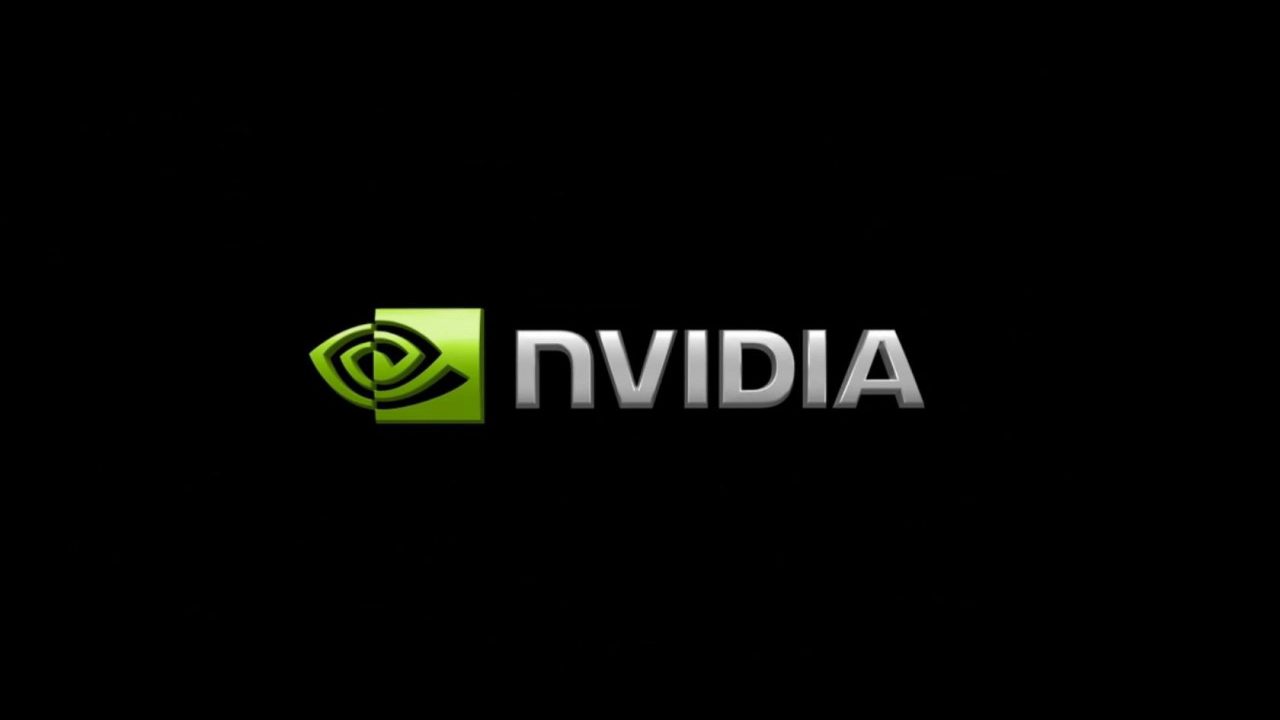 Also Read: Google And Huawei To Pay $400 To Each Nexus 6P Owner For Bootloop Issues
Also Read: Google And Huawei To Pay $400 To Each Nexus 6P Owner For Bootloop Issues
This bold step by NVIDIA might relate to two possibilities for the company. One, to demonstrate the viability of Ray Tracing technology in future games so as to boost the popularity of the RTX 20-series GPUs. Or maybe, the company wants to include full RT support in future 10-series Graphics cards, if the company is planning to ever release one.

















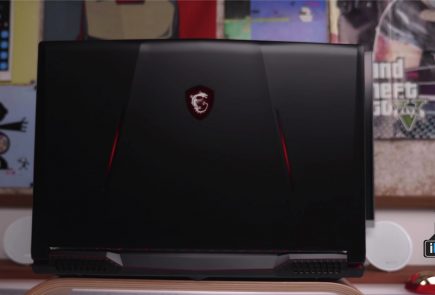
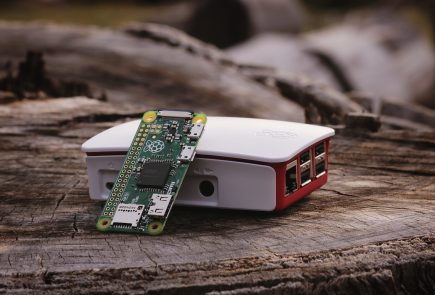

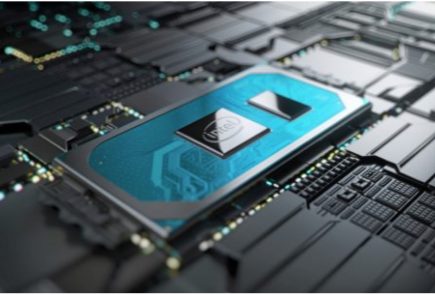
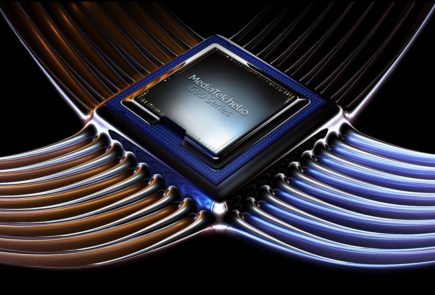


 ! For i
! For i

